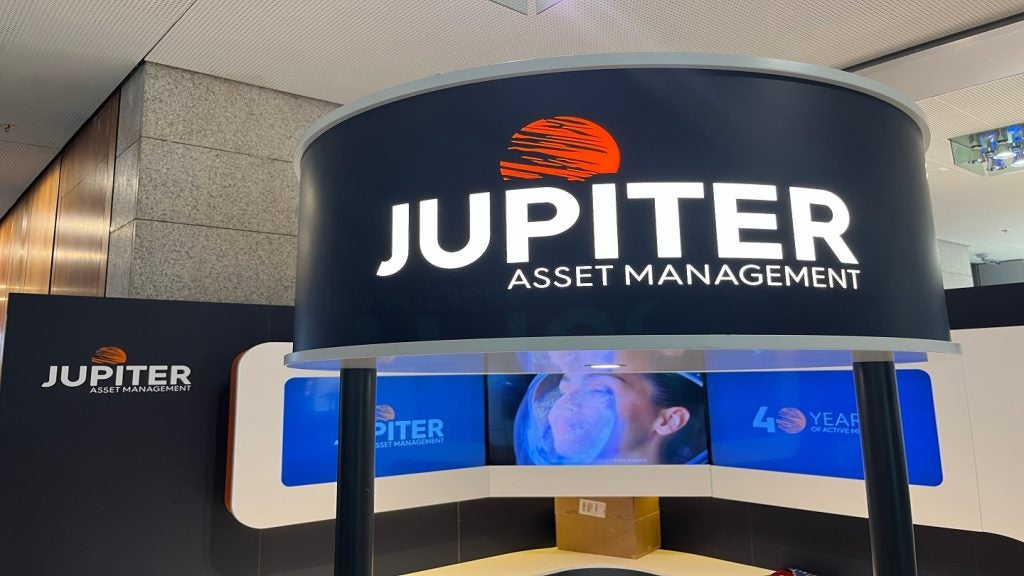Every sector has one hurdle: acquiring and onboarding customers. Private banking has a bigger challenge than most, with regulation and customer relationship development. As technology gains presence in the industry, how are private banks adapting? Patrick Brusnahan writes.
It is easier than ever before to be a is a relationship business. Having said that, a single global onboarding platform that clients now expect a minimum standard of digitisation in opening their accounts. Digital signatures, personalised services through hand-held devices and automated alerts on account opening are all examples of these expectations.
“Clients are also looking to reduce time spent on the onboarding process and they are seeking transparency in this process.”
Improving the Experience
So how are private banks meeting the needs of consumers? Demands are obviously changing and consumers are unwilling to wait unnecessarily.
“You want to make sure that the onboarding process is working as smoothly as possible, as quickly as possible, for people who are waiting to invest or waiting for money come,” notes Truniger.
Venuturupalli adds: “HSBC Private Bank is continuously working to optimise the onboarding journey to make it as personalised and seamless as possible by eliminating friction points and increasing digital functionality. As a global private bank with a focus on the UHNW segment, we understand that a global relationship means the ability to passport a client’s information across borders in a seamless way.
“HSBC is delivering this capability with a sustained investment in building a single global onboarding platform that seamlessly blends diverse components such as internal policies, regulatory requirements, core banking system technology and a documentary repository tool into a single experience. As a result of this work and investment, we believe we have succeeded in making the onboarding journey shorter and more pleasant for our clients.”
Turrian says: “When you talk about onboarding to me, there are really two
sides. One is everything which is related to the regulatory requirements, or the documentation which is necessary to open an account and profile the clients with regards to the regulations. The second one, which is maybe a bit more bank-centric, is getting insights on who the client actually is and what he wants in order to best serve him in the future. These are building, I would say, the two sides of onboarding at the moment and the way we look at it is a bit different from these two sides.”
According to Turrian, the “regulatory burden is increasing”. Regulation is often cited as a barrier or hindrance to innovation and evolution, a long reel of red tape to defeat. However, there are upsides for both institutions and consumers.
“Regulation forces you to actually do a profiling of the clients, which some clients would even reluctant to do at some point,” he explains. “It actually opens a door and opens an opportunity to enter into a discussion with a client, which is insightful. I wouldn’t say it actually makes our life more complicated.
“Where it makes our life more complicated is the development of tools because regulations almost constantly change. Some rules which can be internal with regards to legal or compliance, then it ends up in a process where, at the very end, the output is still that the client has to sign several different documents, which makes the client experience not so nice.
“So for me, that would be the key challenge with regards to regulation: it would be the fact that ultimately, we cannot have a client experience which is as smooth as possible. But if you look at it from the positive side, it forces a discussion with a client which is very insightful, and which is necessary as you want to serve in their best interest.”
Technology
The Appway report states: “The transformation that clients are most likely to desire is that their advisors should have better access to improved technology and tools – no doubt, to fulfil some of their mounting expectations around using their data to make more personalized product suggestions.”
Is technology the answer, then? Can it solve all the teething problems with onboarding in the private banking sector?
“Some of the tasks can be automated, but there are still many that cannot,” Truniger explains. “Where you need to have some reviews, approvals and so on, obviously, you can use these technologies to help do that, and that is exactly what we are doing.”
Venuturupalli adds: “Technology is an essential factor in meeting client demand and optimising the onboarding journey. It cannot replace face-to-face interactions with the client, but needs to supplement these – for example, by helping to reduce the time spent on opening the account, simplifying the process and making the journey more digital. The balance between the personal engagement and the digital onboarding journey continues to evolve rapidly in line with client requirements.”
Pictet Wealth Management is undergoing a transformation project with onboarding, but has found there is no one-size-fits-all solution for different regions.
“In Switzerland, where we have most of our clients booked and served, we have implemented a digital solution,” Turrian says. “We’ve tried to do three things with the digital solution for onboarding.
“The first one is obviously have a better customer experience so [clients] don’t work with sheets of paper that they have to read and sign. The second one is within this tool; we have embedded compliance in the sense that we have integrated a rule engine.
“The third thing that the solution allows us to do is also to improve the operational efficiency, because the system is integrated then with the CRM and with the with the client register systems. So that’s been one of the key project that has kept us busy over the last three years – quite a big project, I have to say, because running these three objectives in parallel is very, very complicated.”
He continues: “In terms of timing, of delivery, in terms of complication of understanding all the rules with regards to the documents which is required, it might be that outside of Switzerland, we go with a lighter process, which is may be more oriented toward the first objective – so the customer experience, having something digital for them to have a better experience with us, but not necessarily do all the embedded compliance and all the system integration behind it.”
While the process is ongoing, what challenges or hurdles are left with onboarding? Private banks need to move quickly, as customers can change their wants even quicker.
On the challenges, Venuturupalli says: “Although one cannot generalise, clients from Asia and next generation private banking clients are often likely to be digital natives, and will therefore look for greater digital functionality from HSBC. Nonetheless, all clients are looking for an onboarding process which is efficient, eliminates duplicate data requirements and provides a personalised and compelling client experience.”
Turrian concludes: “What is one of our challenges, actually, is the regulation and the complexity linked to the local specificities. Because depending on where the client resides, we have potentially different types of documents or processes to follow. One of the challenges is to make sure that you always keep the rules up to date.
“And the last thing is that, at the moment, there’s still no standard when it comes to digital signature. We have not found a solution when it comes to full authorised signature, which would have the same legal power as an actual manual signature with regards to some of the account opening, so it’s a bit of a frustration that I think all of the banks go through.”







